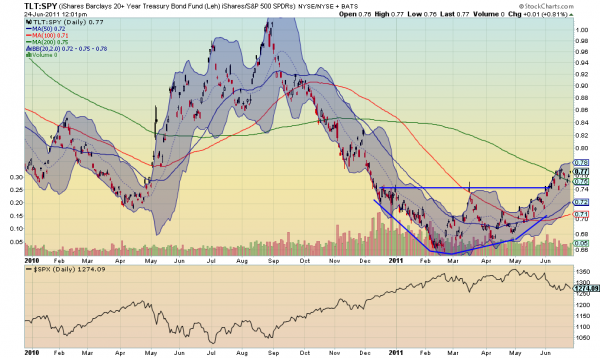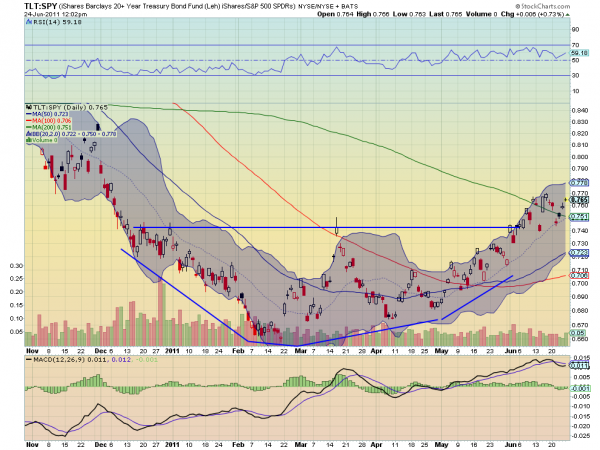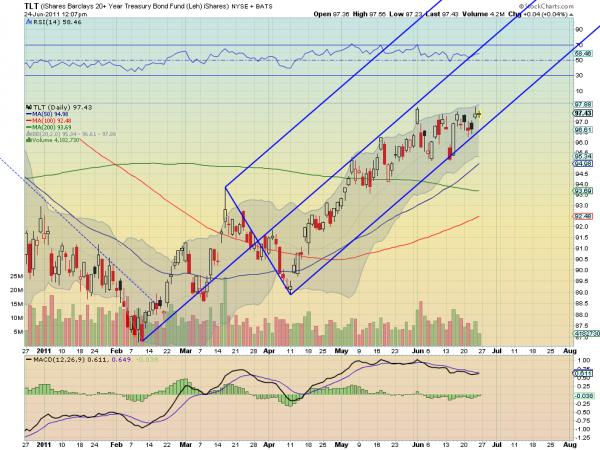by Agrimoney.com
Is there a flaw in the economic rule that buyers only pay up for items in short supply?
It might appear so, to judge by the pork market. The price of wholesale US pork, the so-called cut-out, has hit a record $99.27 a hundredweight, latest official data show.
That's up $2.36 on the day, and a rise of 18% year on year, with loin seeing a particular rise, at $120.15 a hundredweight, up 30% from a year ago.
Yet data this week also showed the US having a mass of pork supplies. Pork in cold storage in America has reached 545.1m pounds, nearly 100m pounds more than a year earlier, and some 30m pounds more than the market had expected.
Indeed, the figure was blamed for fuelling a rise of 1.0% in hog prices on Thursday, even when cattle rose.
The apparent contradiction between high prices and rich supplies "is certainly a strange one", Don Roose, at broker US Commodities said.
Sign from butts
Analysts scratching their heads for explanations have come up with two.
The first is a matter of detail, with the cold storage data including not just meat set aside for inventories but product in transit for export too – that is quite some volume, given that officials expect US pork shipments to jump 15% this year to 4.87bn pounds.
Signally, stocks were particularly high of frozen pork butts, a popular shipment to South Korea, which has been a key importer of meat this year after an outbreak of foot-and-mouth disease ravaged its domestic industry.
'Backward looking'
The second is down to timing.
The stocks report, which gave data as of the end of May, is "by its nature backward looking," Alton Kalo, at Steiner Consulting, said.
"It is looking at what happened in April and May," when prices fell, encouraging processors to store pork rather than sell it, rather than the more positive dynamic since.
And, even so, the drag from high stocks could be seen on some cuts.
"Belly prices normally increase into May and June. This would explain when belly prices pulled back this time," Mr Kalo said.
'Prices to dip'
But not all the analysis is so upbeat for producers. For one, even at record price, pork carcasses were not covering the hog costs, which have, on cash markets, hit a series of record, mostly $103.51 a hundredweight in Iowa-Minnesota.
"Hog prices are going to have to come back."
Furthermore, for poultry farmers, a rise in chicken in cold storage cannot so easily be explained away, given flagging exports and low prices.
"Breasts are selling at $1.22 when you have thought they would sell at $1.50-1.60 at this time of year," Mr Kalo said.
Data later
The comments come ahead of a quarterly US Department of Agriculture report on US hogs and pigs, later on Friday, expected to show little change in either of the three main dynamics – national herd size, animals kept for breeding, and kept for marketing – despite high corn prices raised feed bills.
"Producers have already liquidated so much of their hog herd in the US already," Mr Roose said, with numbers falling heavily in the end of the last decade, hit by a double whammy of first high corn costs then the world recession.
Furthermore, given the factory nature of modern hog farming, and potentially order commitments, it was "no so easy to slow it down".
Producers may be taking a "wait and see" attitude, to assess whether high grain prices will persist, he added.














